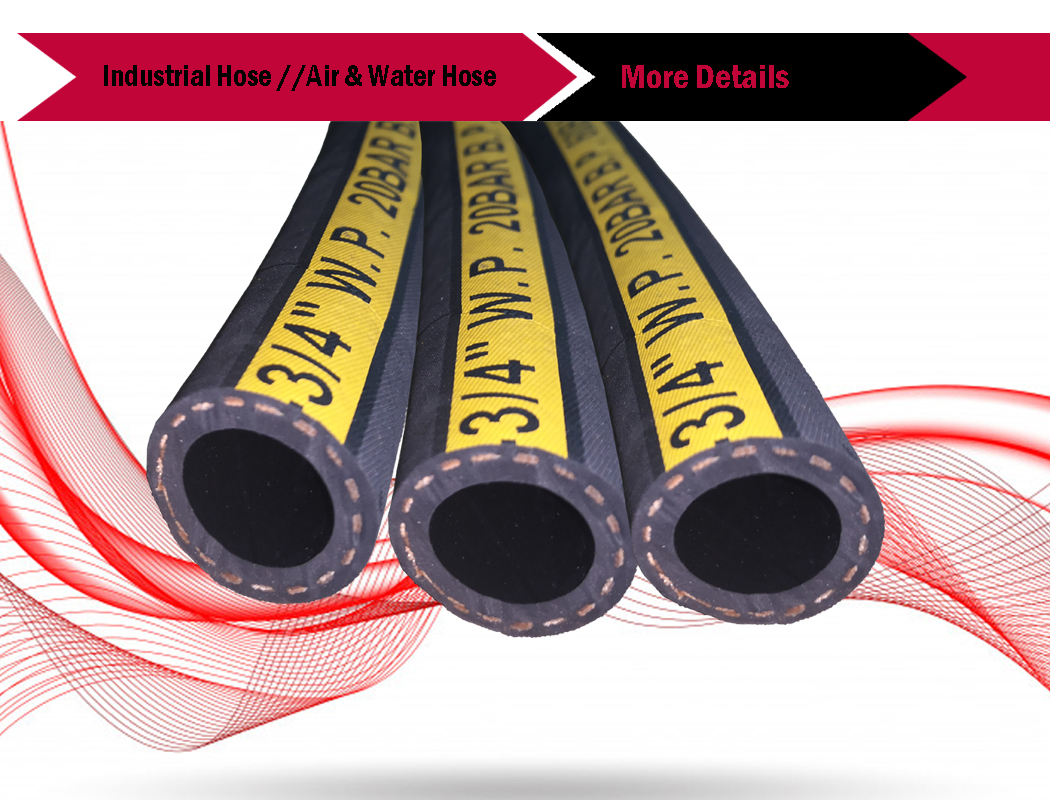head pulley and tail pulley
Understanding Head Pulleys and Tail Pulleys in Conveyor Systems
In the realm of industrial operations, conveyor systems play an essential role in the efficient movement of materials. At the heart of these systems are various components that ensure smooth transportation, among which head pulleys and tail pulleys are of paramount importance. Understanding their functions and significance can enhance the operations of material handling processes.
Head Pulleys
The head pulley, often located at the discharge end of the conveyor, is critical for the system's operation. It acts as the driving force that helps move the conveyor belt. The head pulley is typically connected to a motor that provides the necessary torque. As the motor turns the pulley, the belt loops around it, creating movement that carries materials from one point to another. One key feature of the head pulley is its ability to create tension in the conveyor belt. This tension is crucial for maintaining the proper alignment and stability of the belt during operation.
Furthermore, head pulleys are often equipped with various surface finishes, such as rubber or lagging, which provides additional grip. This enhanced traction is especially important when transporting heavy or loose materials, as it prevents slippage and improves efficiency. Some head pulleys also incorporate features that help discharge materials more effectively, such as a tapered design that encourages material flow off the belt.
head pulley and tail pulley

Tail Pulleys
On the other end of the conveyor system lies the tail pulley. Situated at the loading end, the tail pulley serves as a support for the return side of the conveyor belt. Its primary function is to maintain proper belt tracking and facilitate the return of the belt to the head pulley. Unlike head pulleys, tail pulleys do not drive the conveyor belt; instead, they help in the belt's return journey, ensuring a continuous cycle of operation.
Tail pulleys are usually equipped with a functional design that allows them to cope with the weight and impact of materials being loaded onto the conveyor. The proper configuration of tail pulleys is essential for minimizing wear and tear on the conveyor system, leading to prolonged service life and reduced maintenance costs.
Conclusion
Both head pulleys and tail pulleys are integral components of conveyor systems that work in harmony to enable efficient material handling. The head pulley drives the system and ensures proper belt tension, while the tail pulley supports the return of the belt. Understanding their functions, characteristics, and importance can significantly enhance the operational efficiency of conveyor systems, leading to streamlined production processes and improved overall productivity. As industries continue to evolve, a keen understanding of these components will be vital for optimizing material handling solutions.
-
Impact Roller for Belt Conveyor – Durable Solutions for IndustryNewsNov.24,2025
-
Rubber Conveyor Rollers – Quiet, Durable, Sealed BearingsNewsNov.24,2025
-
Industrial Conveyor Belt Rollers: Durable Solutions for Harsh EnvironmentsNewsNov.24,2025
-
Idler Rollers for Belt Conveyors | Durable, Low-Noise OEMNewsNov.24,2025
-
Durable Rubber Conveyor Belt Rollers for Industrial UseNewsNov.24,2025
-
Ceramic Lagging Conveyor Pulley – Anti-Slip, Wear-ResistantNewsNov.17,2025






























